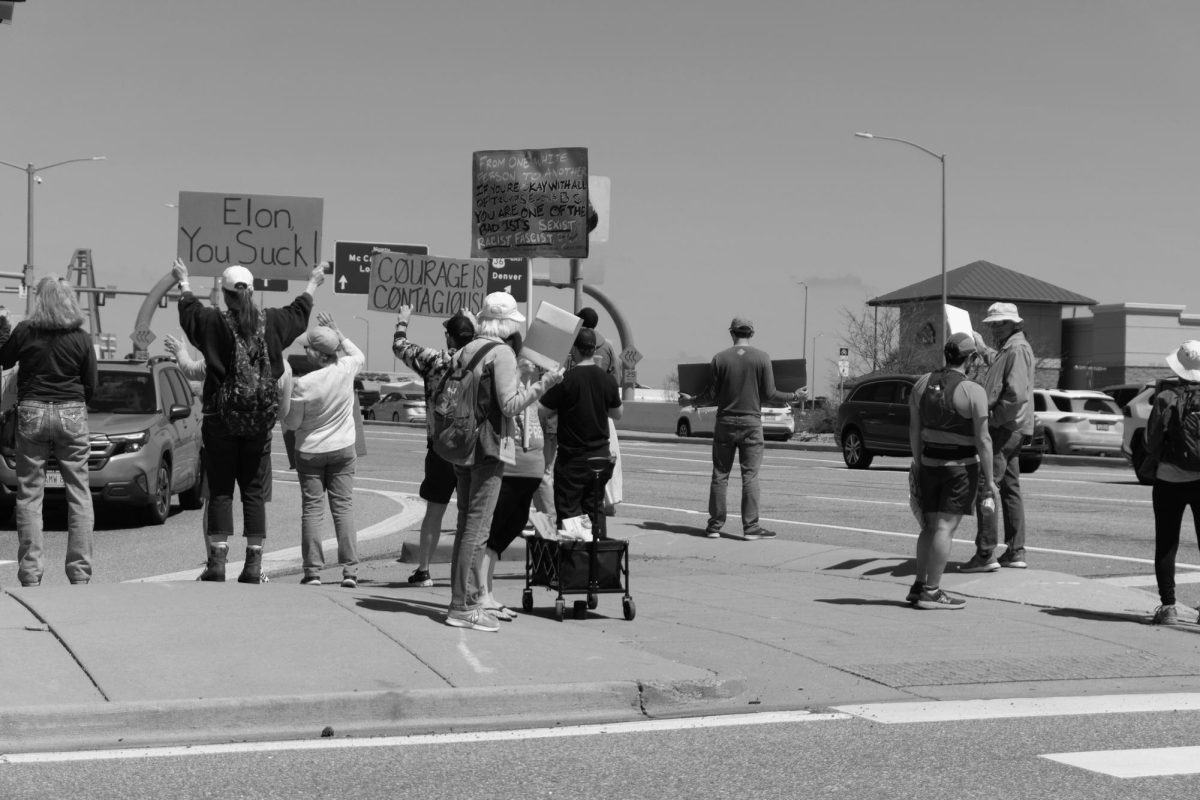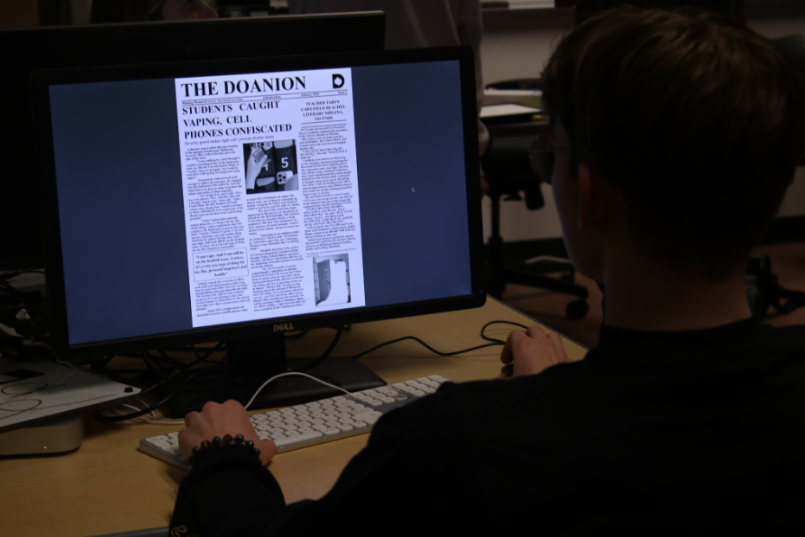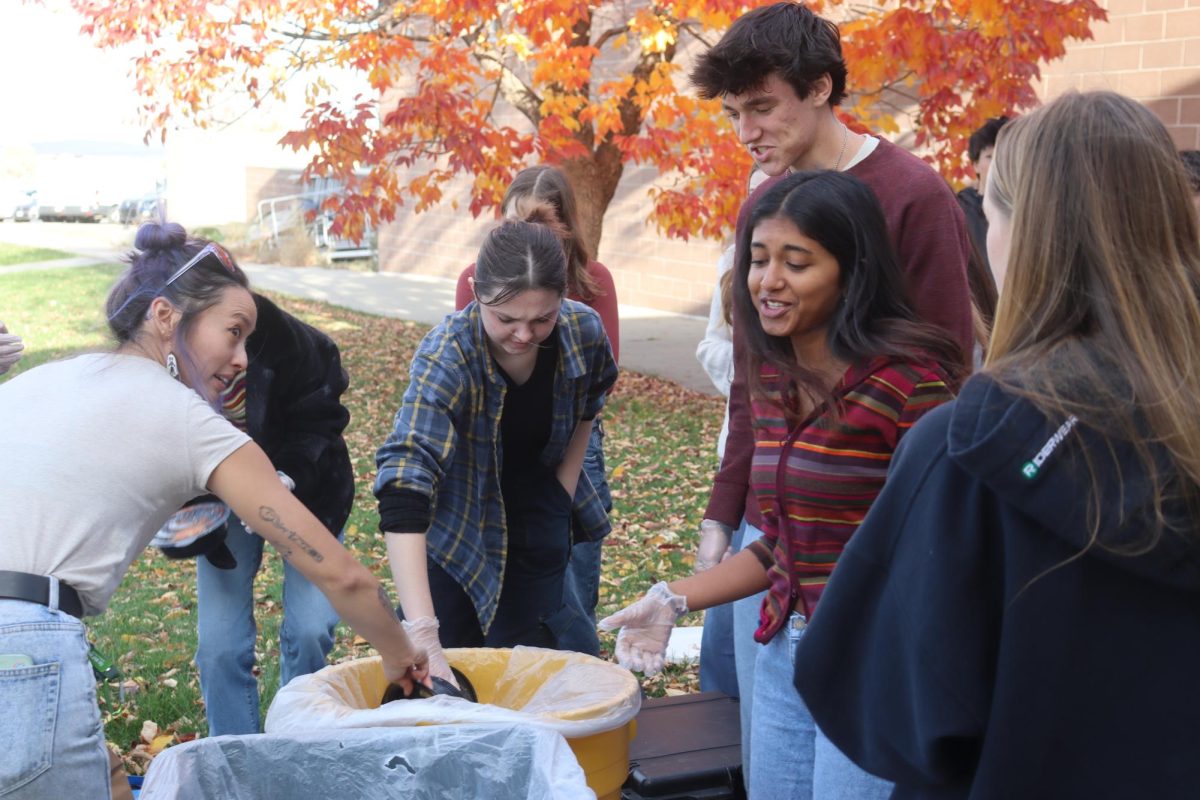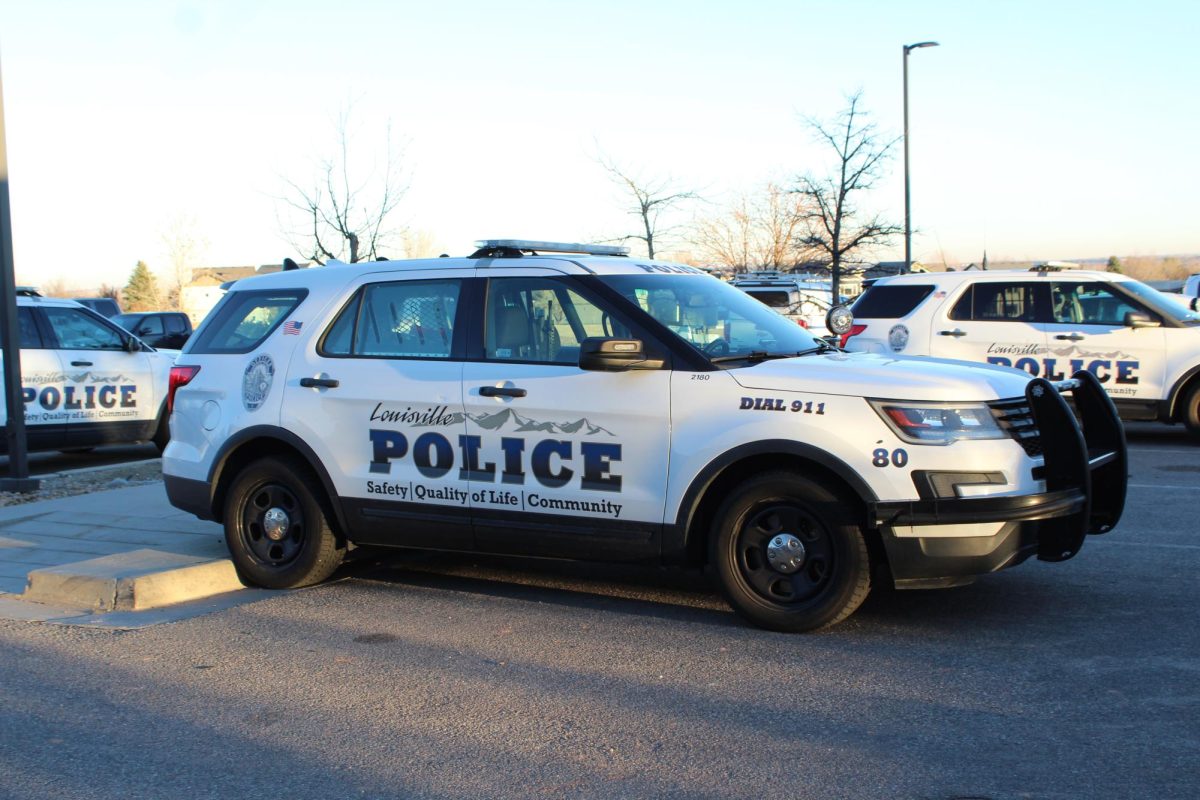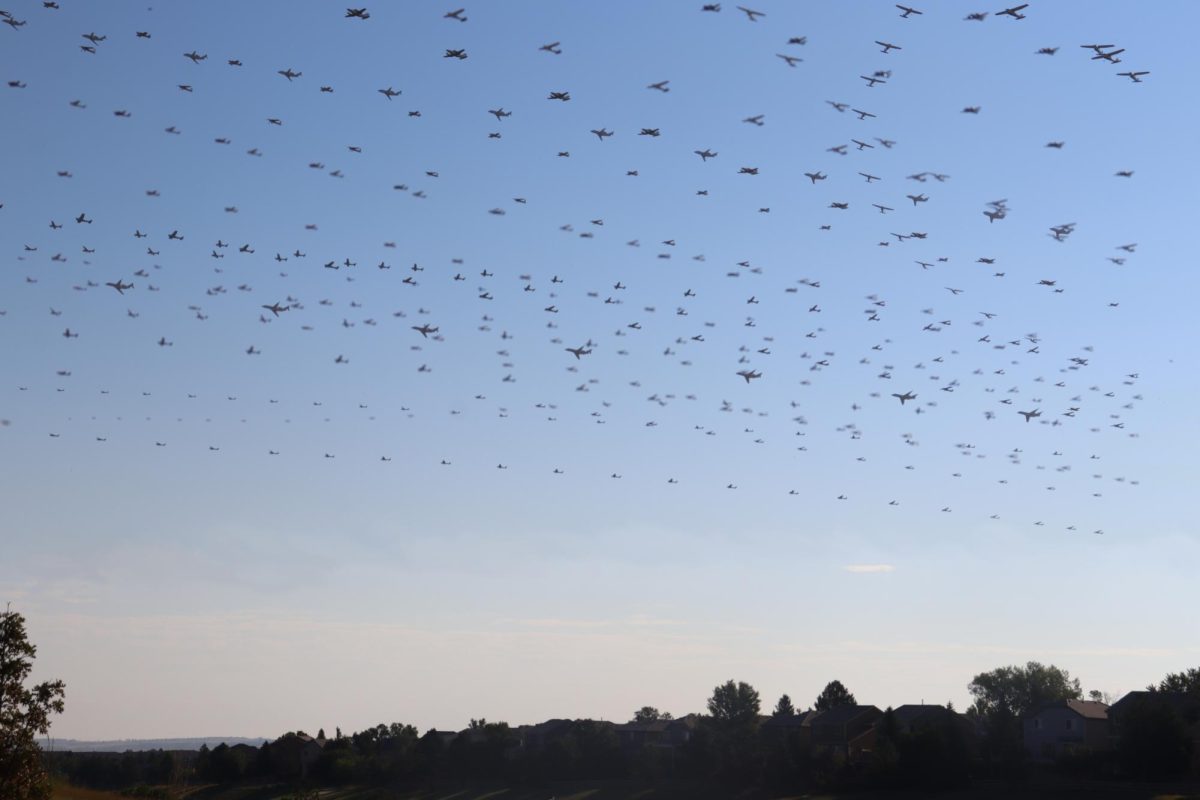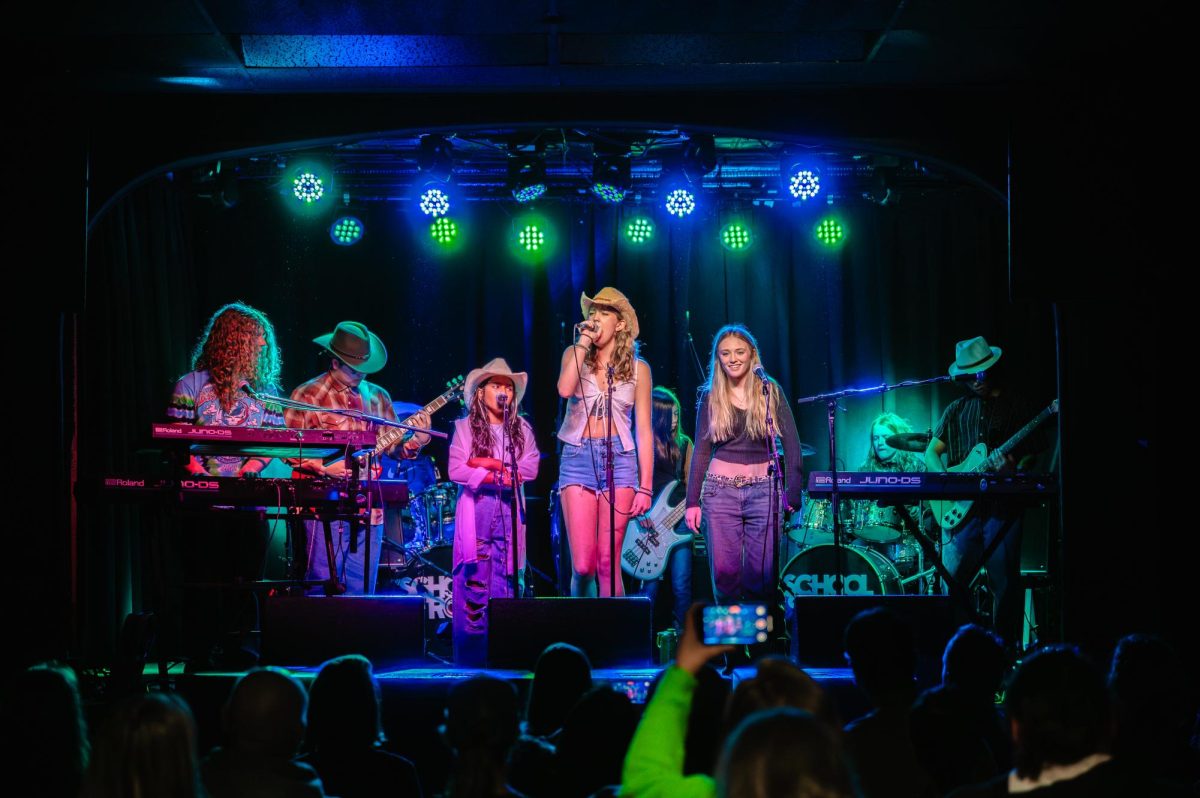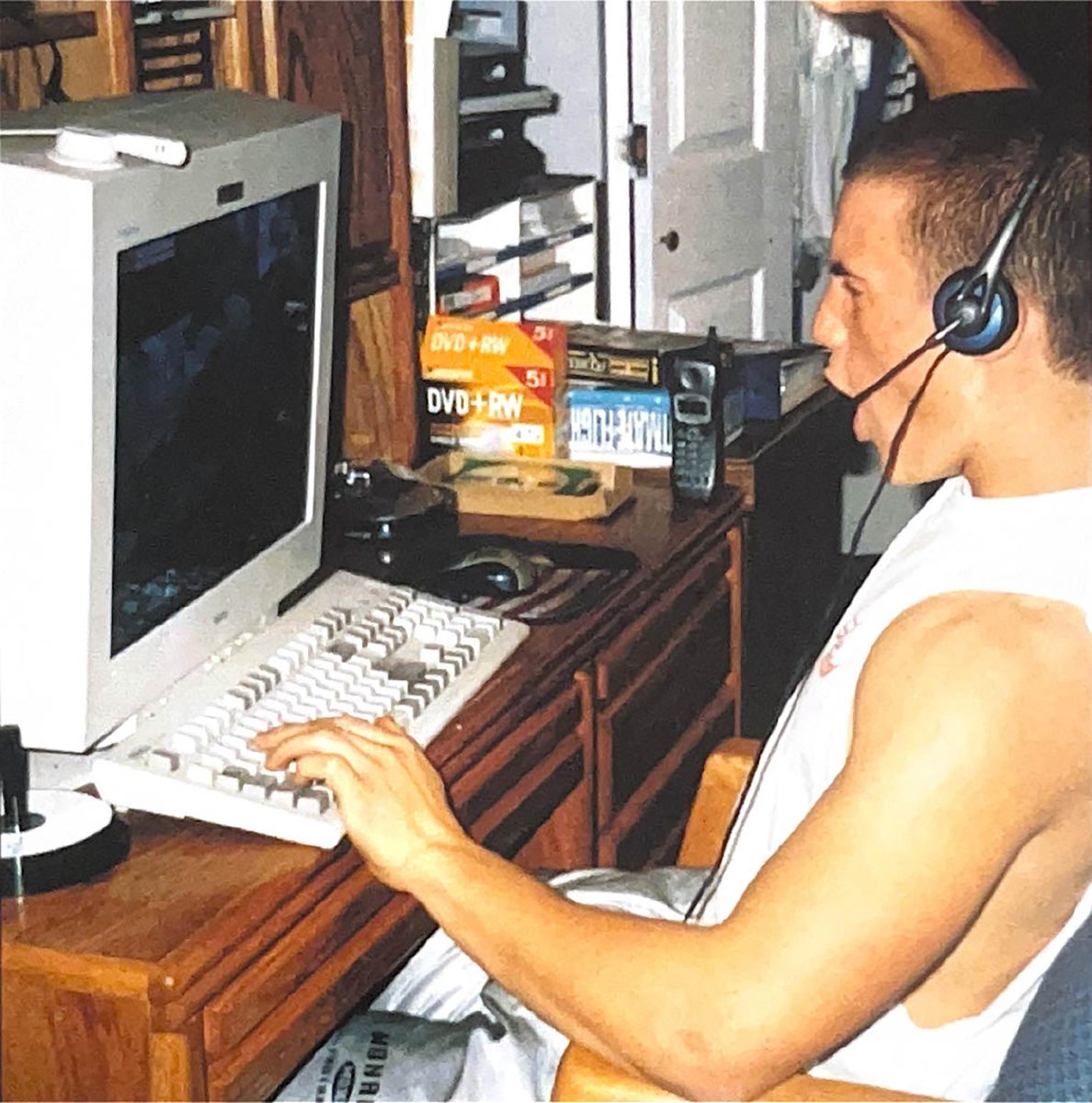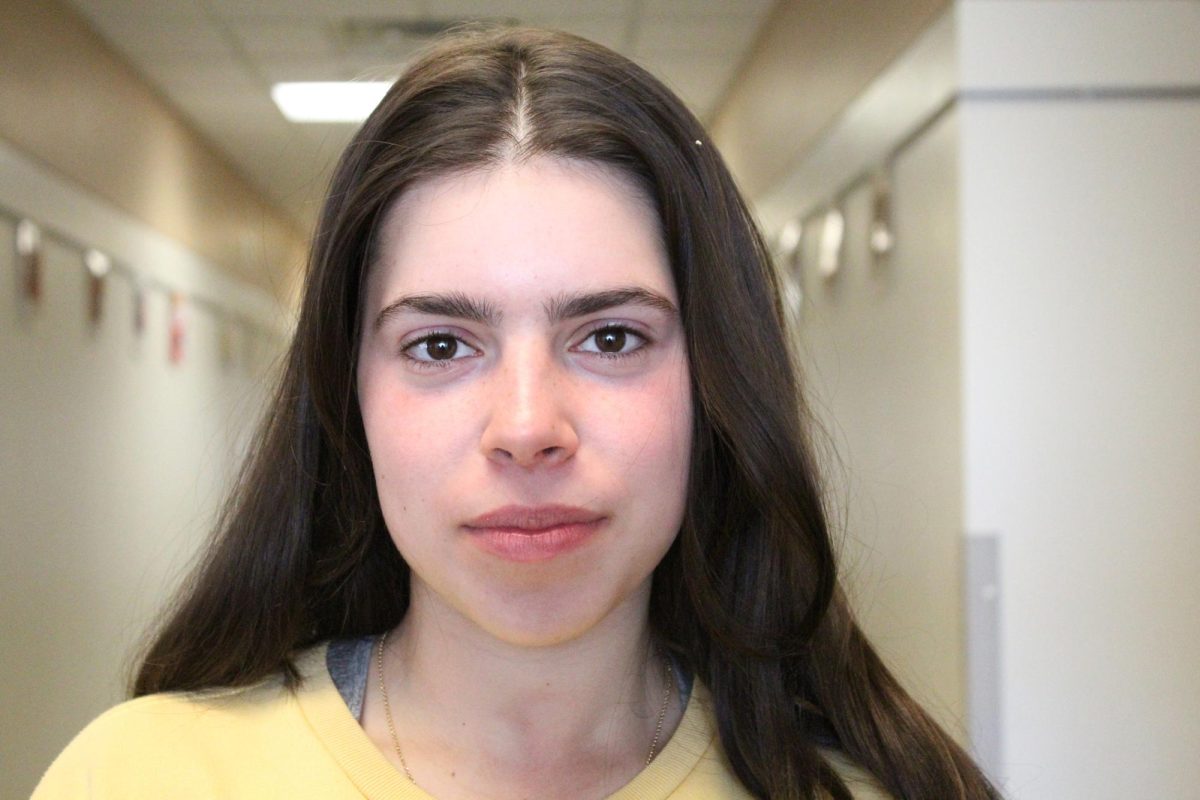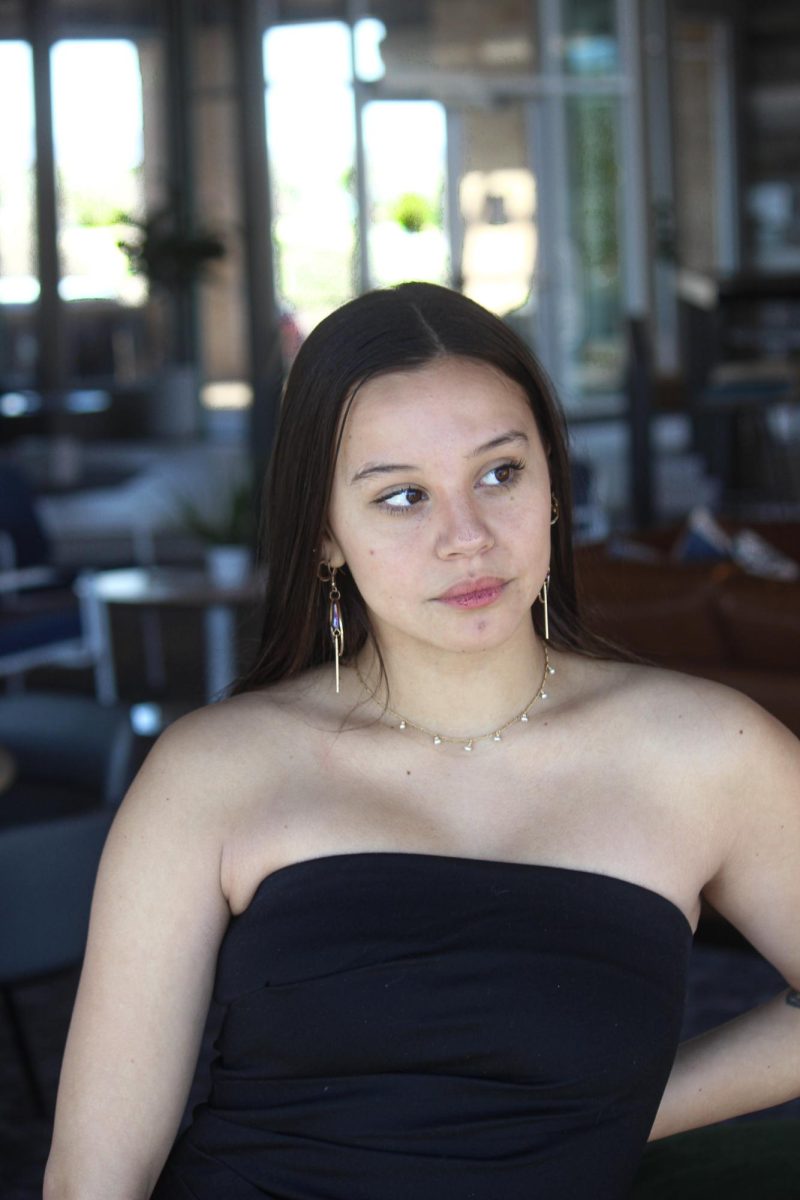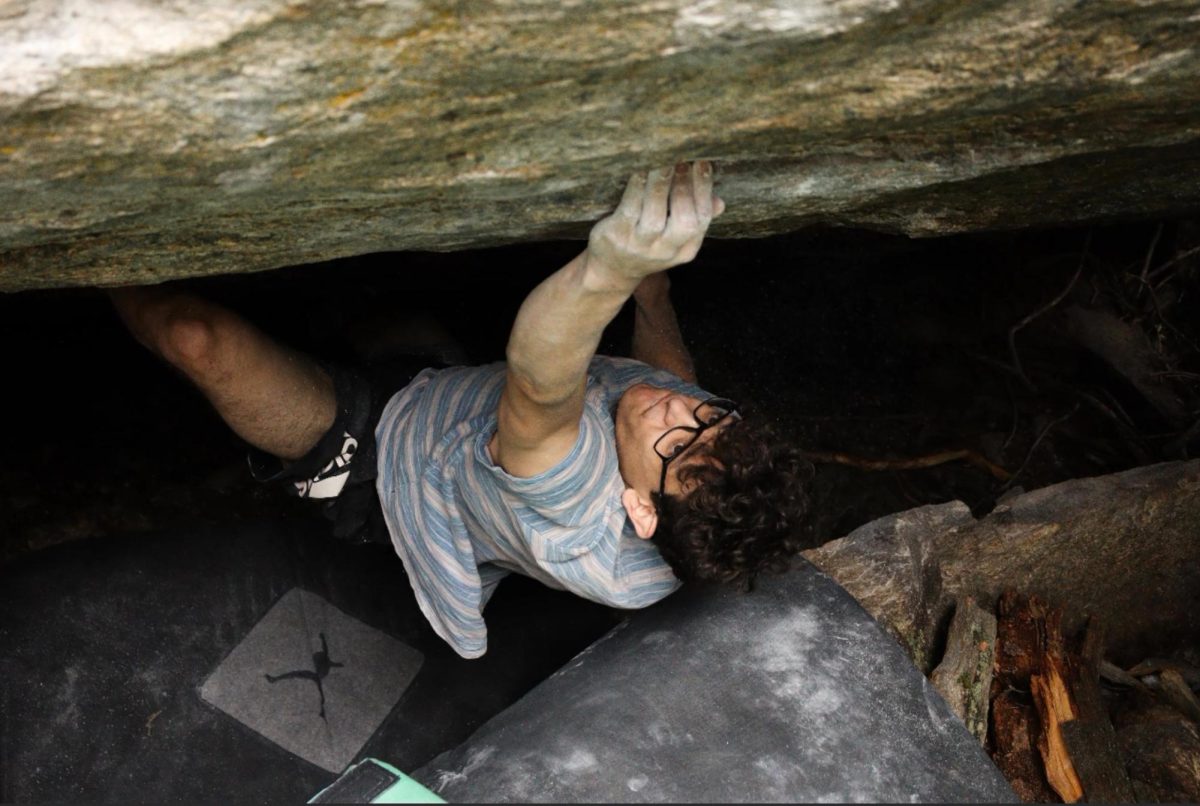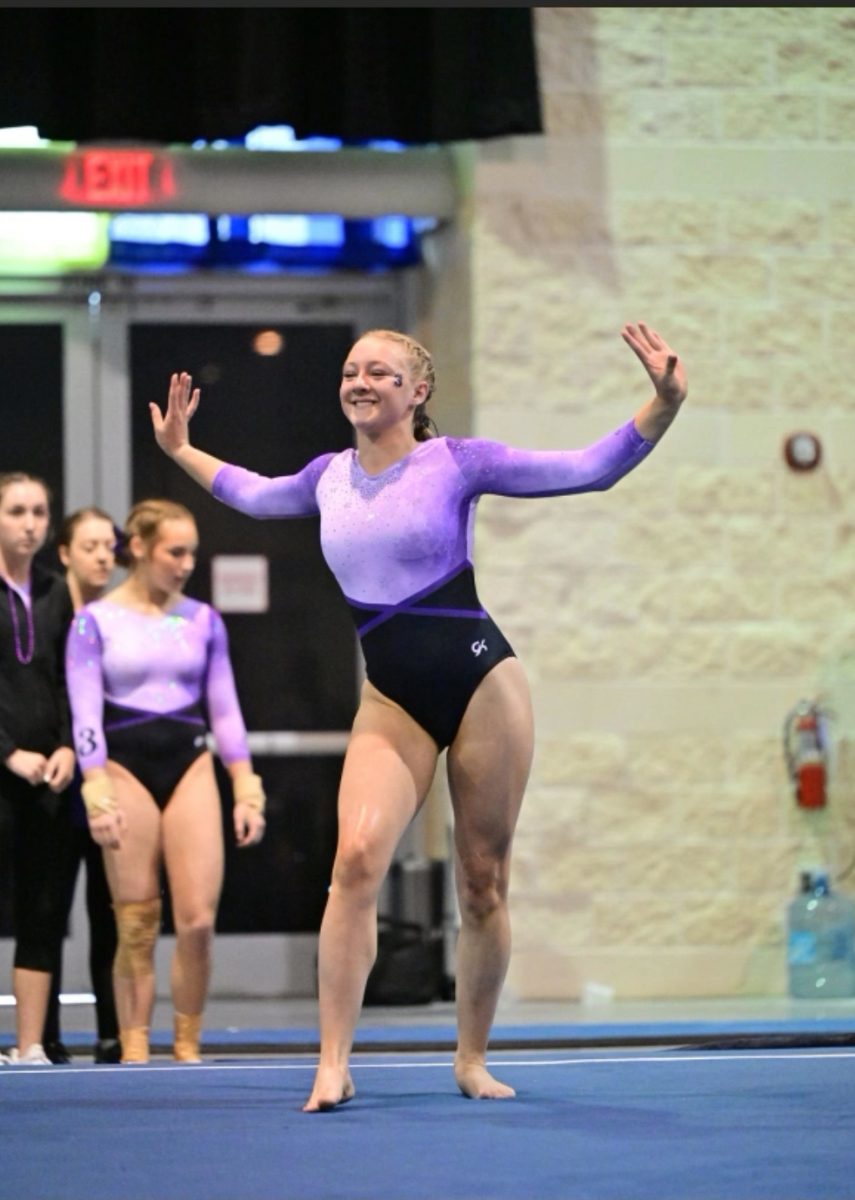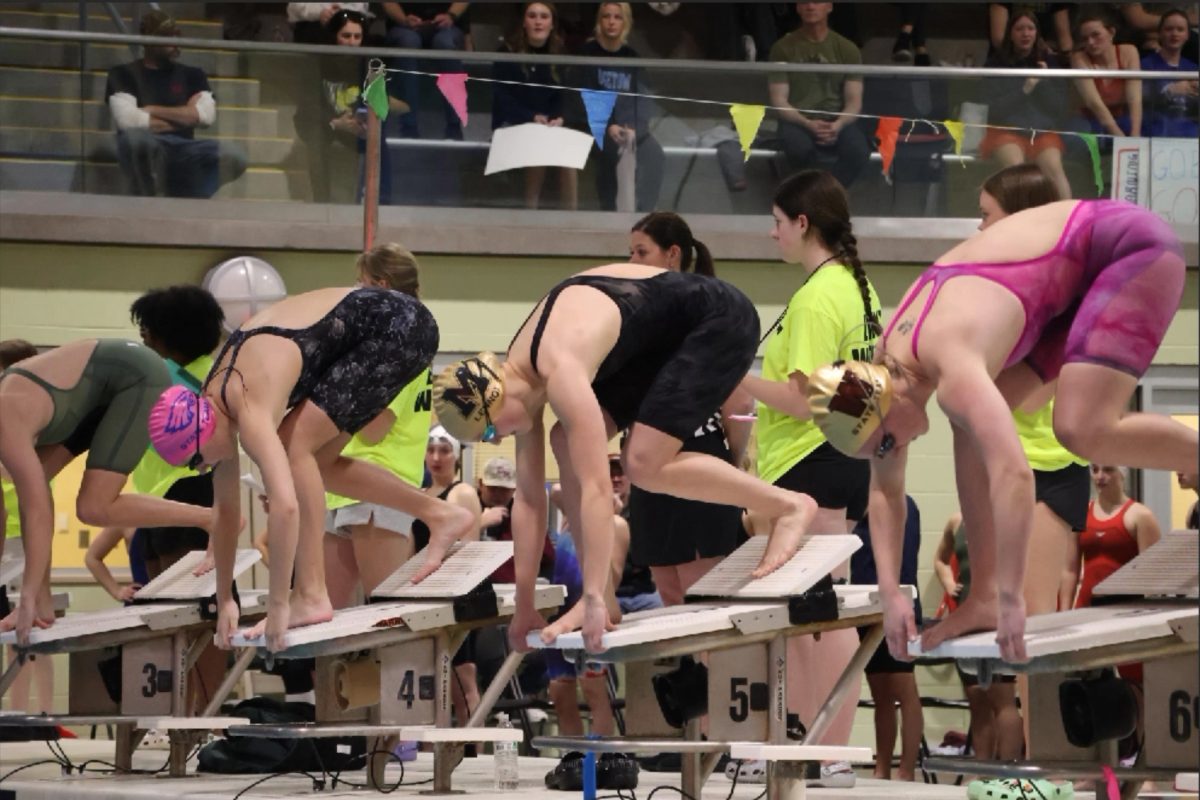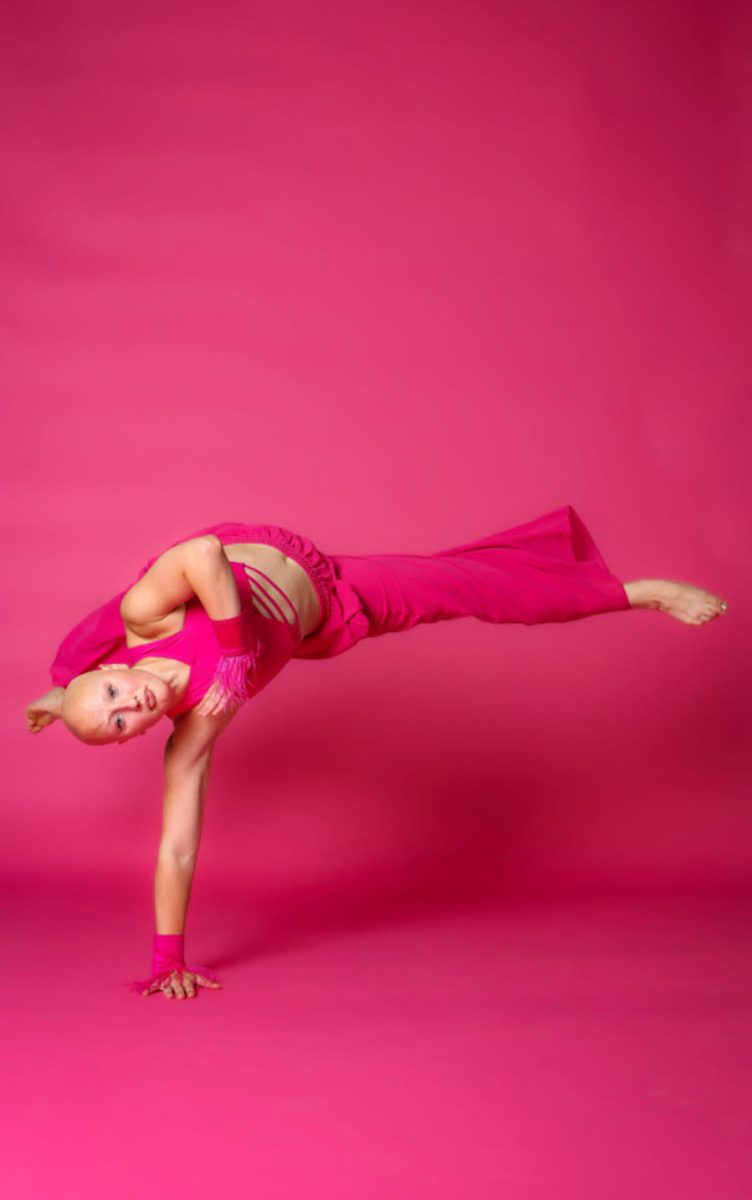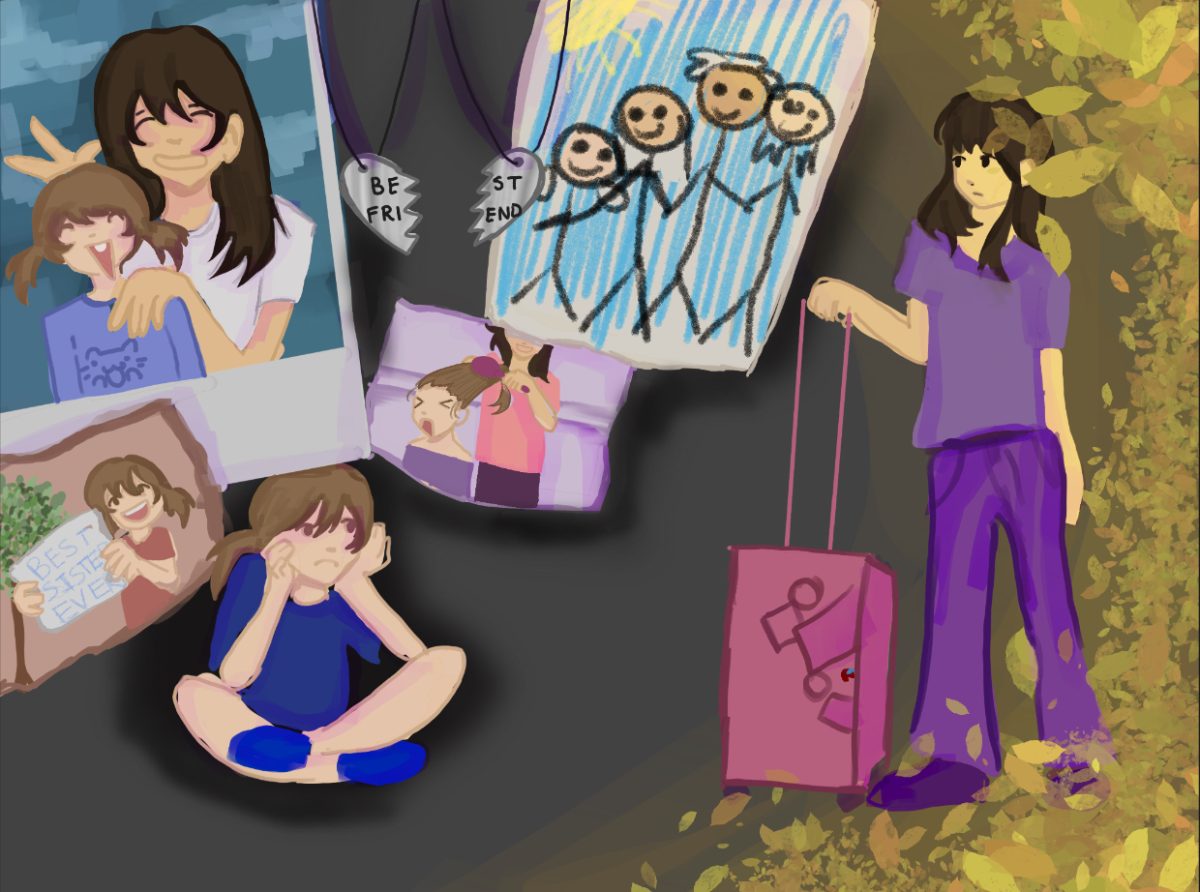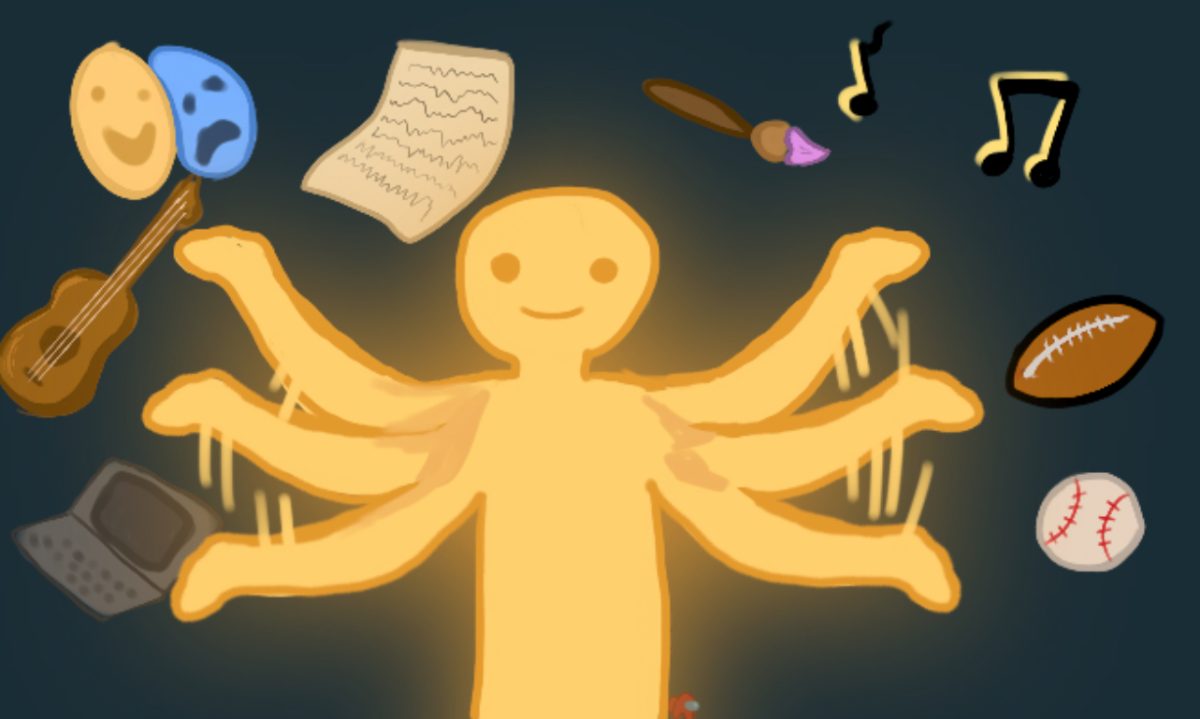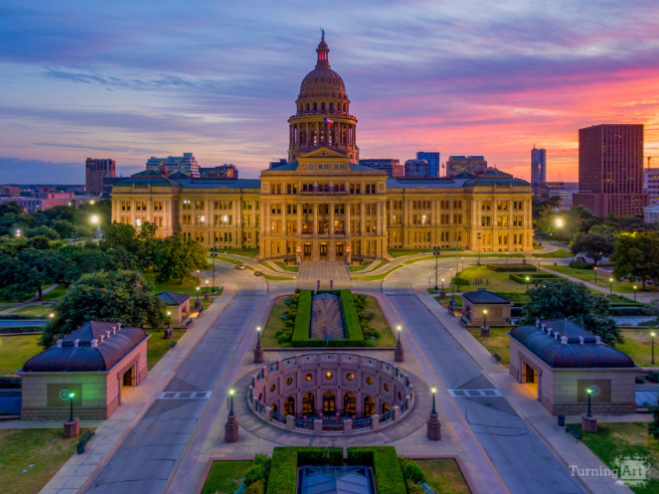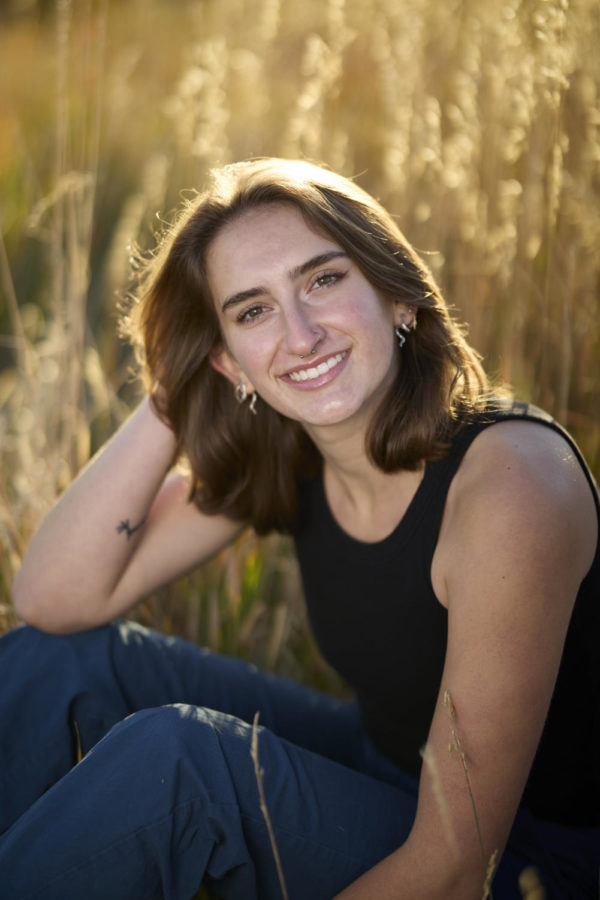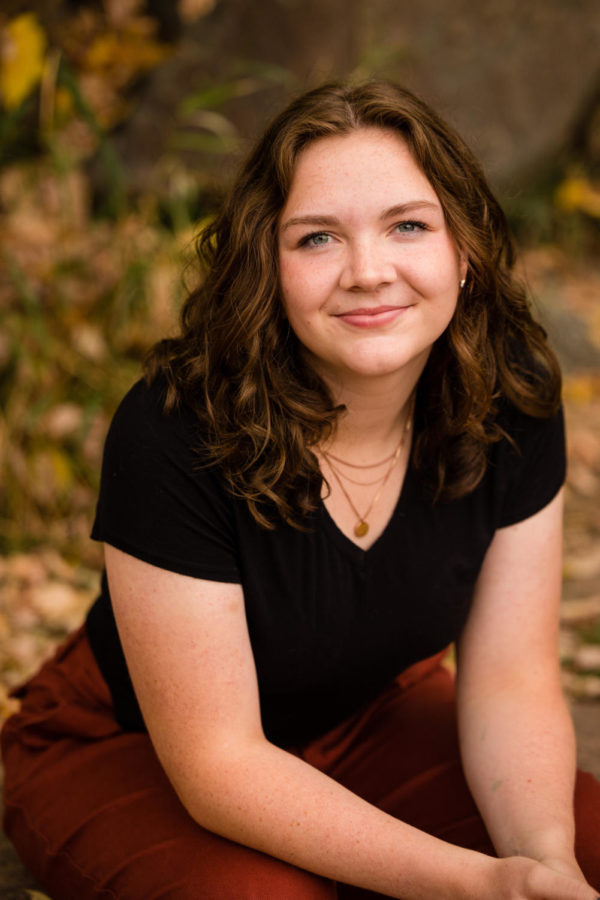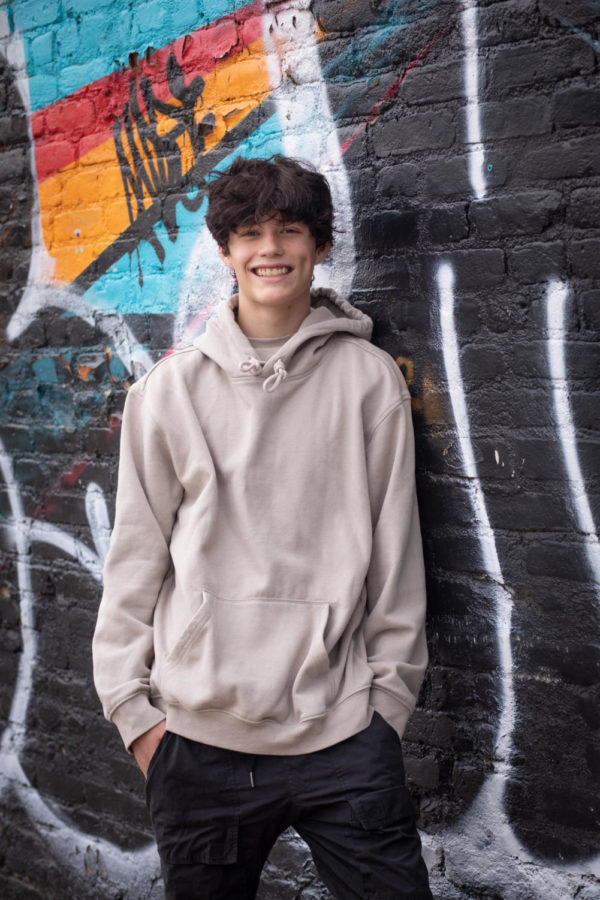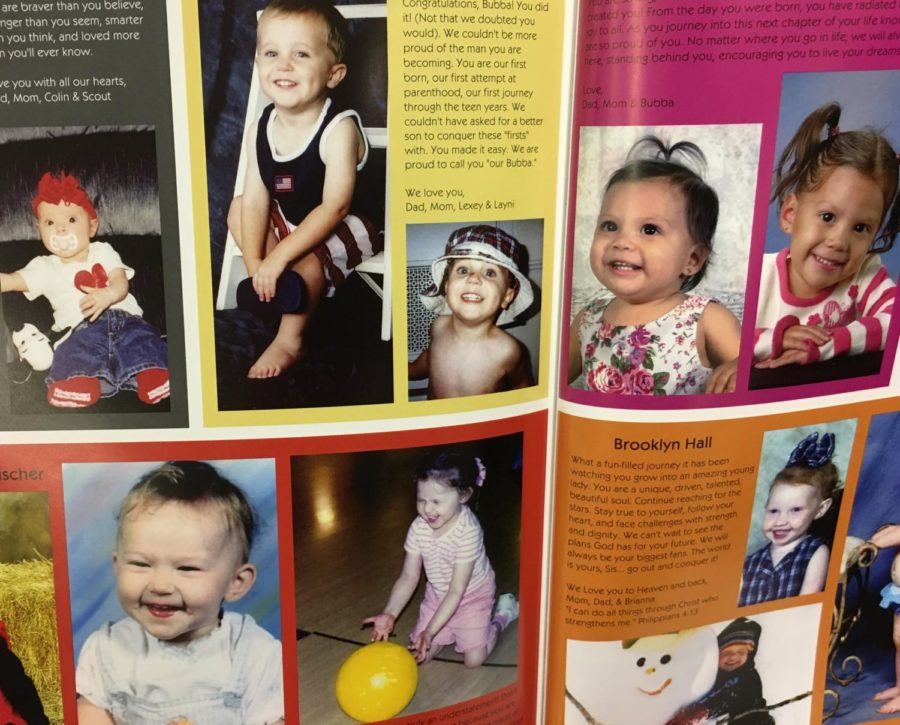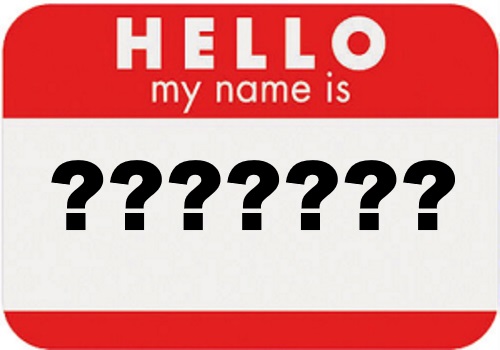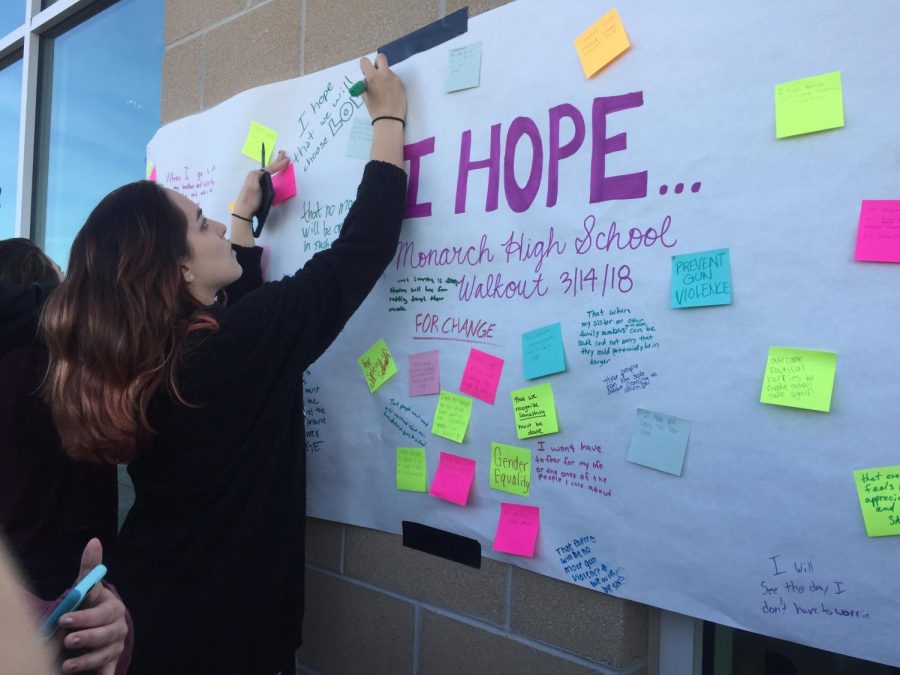Standing Up and Walking Out
Monarch’s participation in nationwide, student-organized protests
Around 9:50 a.m. on March 14, 2018, students throughout the country stood up and walked out of the classroom. Some walked out surrounded by a large crowd of peers; some walked out alone. All of them walked out to show their support for the 17 victims from Marjory Stoneman Douglas High School. The shooting was devastating to all, but many people agree that this one was different. Among many students, the shooting catalyzed an increased emphasis on activism and permanent, significant reform.
“At first [I] was just like damn- this is just another one of those shootings- there [have] been so many and it’s just something that’s adding on to it, but this one was really different from everything in the past…kids [are] doing things to change stuff, and [this shooting] is really affecting kids’ actions instead of just being something that gets brushed off in a month,” said Grady Isbill (12).
The walkout at Monarch, and at most high schools across the country, was largely student-organized. The student body at MHS, in particular Leora Greene (12), Laine Dupee (11), No Place for Hate, StuCo, and Activist Club were in charge of the walkout, and carried it out with little to no adult help.
“We, as in adults, didn’t really have a part; we were just making sure that whatever the walkout looked like we were there to make sure it was as safe as possible, along with the police,” said assistant principal Mark Sibley. “Our role was really just to make sure the kids had an opportunity to demonstrate in a peaceful manner. We wanted to make sure it was a safe environment.”
Greene, Jordan Simon (12), Charlotte Barr (9), and Levi Wood (12) spoke during the walkout, encouraging students to get involved and create tangible, long-term change.
“We planned for it to be a non-partisan event, where people could show up and show their concerns and show their support for the victims from Parkland, Florida, and find easy ways to make change in their communities. So we had the speakers come and we had people sign up to register to vote. We had [around] 75 people register to vote, and [we had everyone help create] the big poster, and people made their own posters for the walkout and for the March for Our Lives,” Greene said.
The walkout was part of an effort to unify students and support victims of gun violence; in particular, the victims of Stoneman Douglas.
“I wanted it to be more about uniting kids, uniting schools, showing respect, and remembering the victims and everything [rather] than making it a debate about gun control and stuff like that,” said Isbill
Some students also marched because recent shootings have impacted them on a personal level.
“This particular shooting hit really close to home for me. A girl from my camp actually died, so it was really kind of crazy seeing so many of my friends being so scared… I couldn’t just sit by and do nothing. So, I wanted to make this happen, even if it wasn’t all for gun control and stuff like that- I wanted people to feel safe at school,” said Leora Greene (12).
Many students felt that the walkout was a positive contribution towards making a permanent difference.
“I thought it was really impressive…There were a lot of kids, I was super happy and impressed by how everyone acted. I was afraid that there was going to be talking and whispering and a little bit of disrespect when the speakers were talking, but really, especially during the moment of silence, I didn’t hear anything. I was so overwhelmed with the respect and how everyone was brought together,” Isbill said.
Many administrators also agreed that they were impressed with students’ organization of the walkout.
“It made me real proud hearing the kids speak and how everyone handled themselves. You know that, that’s what our country is about. They really did everything right, I was really impressed,” Sibley said.
Overall, the walkout functioned as a starting point for more discussion and action to prevent further tragedy. And on a large-scale level, it gave students an opportunity to contribute to a nationwide effort to create change.
As Greene said, “I think [the walkouts] can [cause a change], because when there’s that many people in the masses, across the country, across the world, it’s kind of hard to ignore them. Something will happen, what that is, who knows.”

